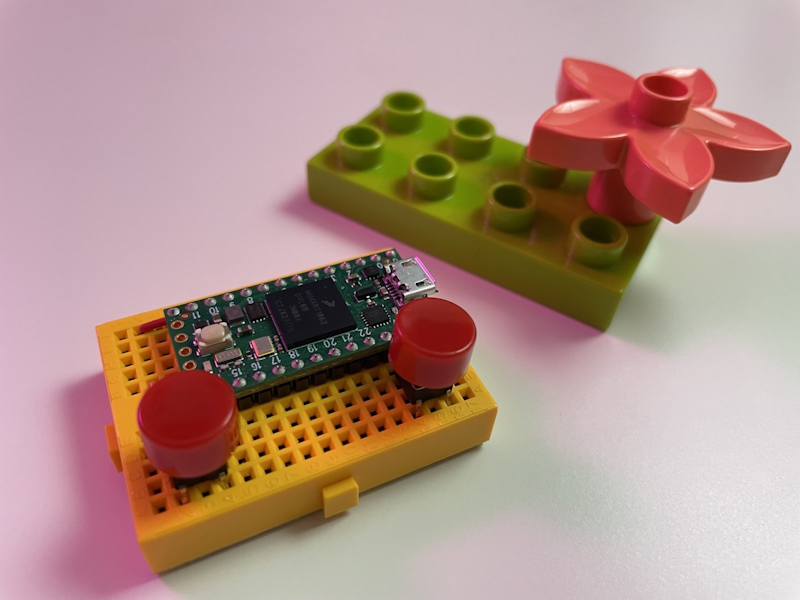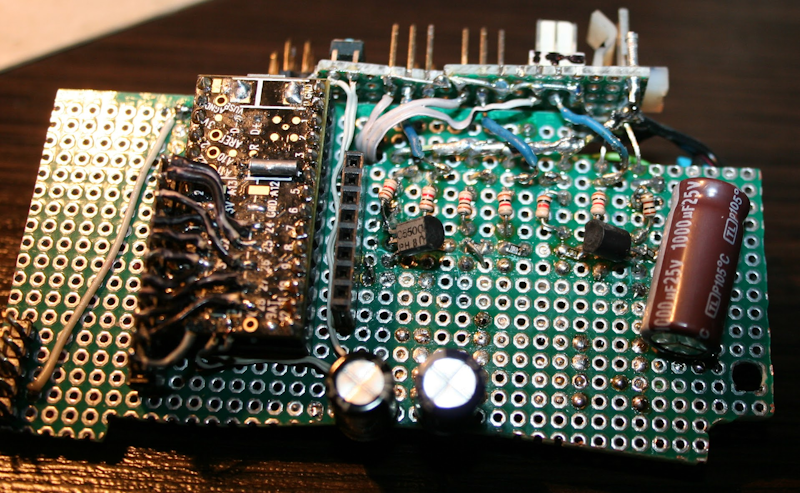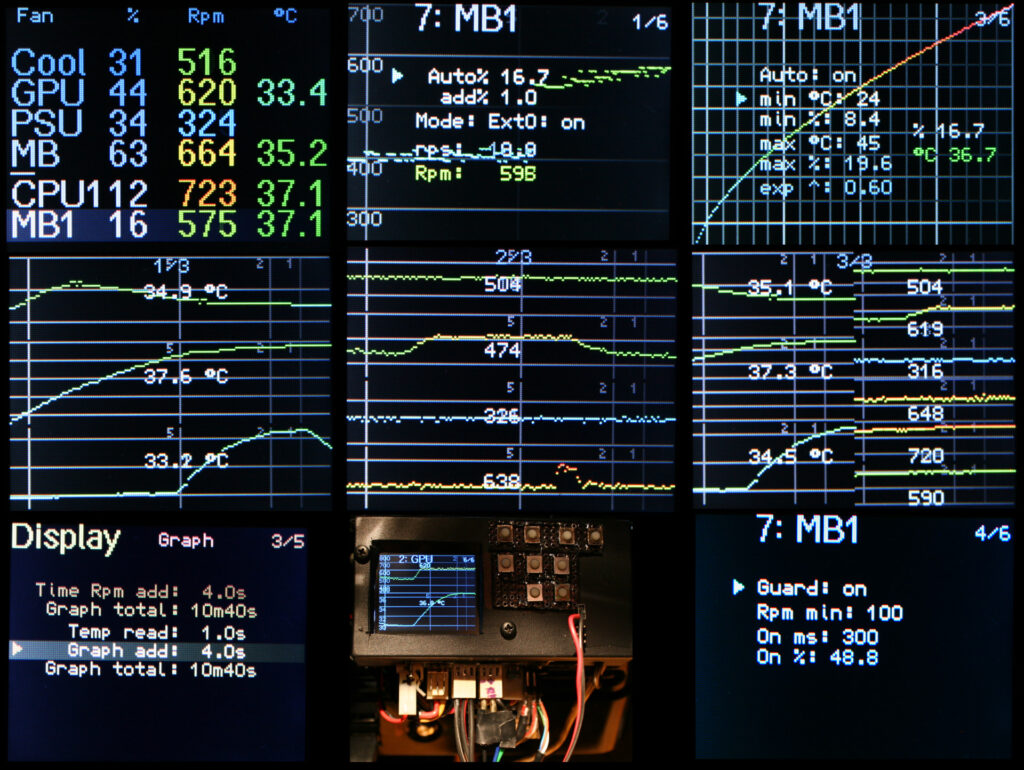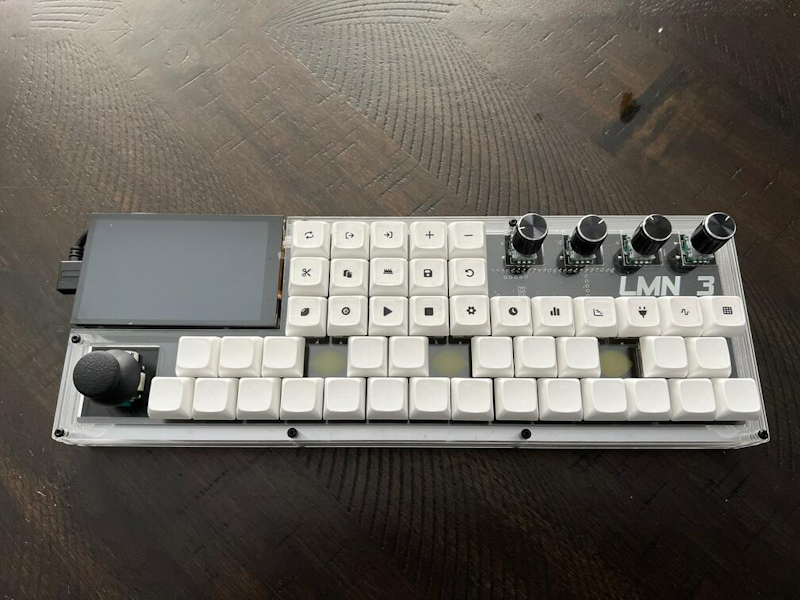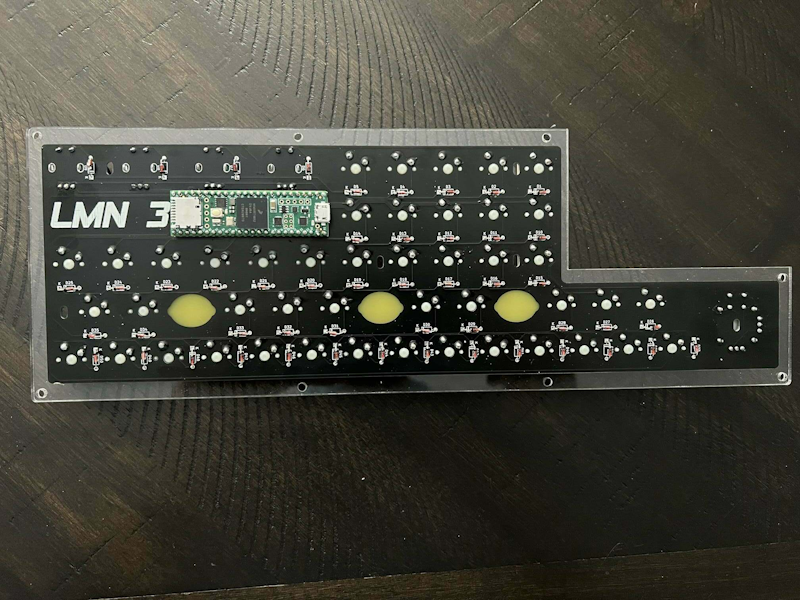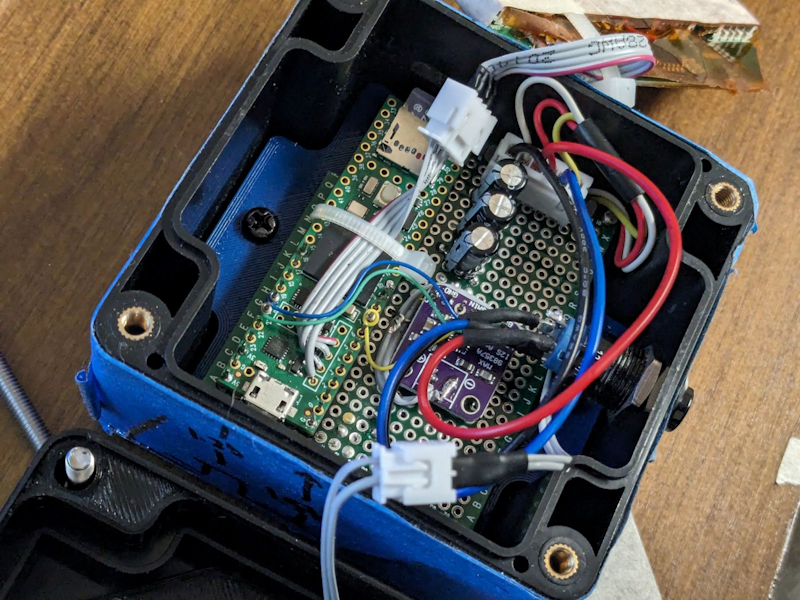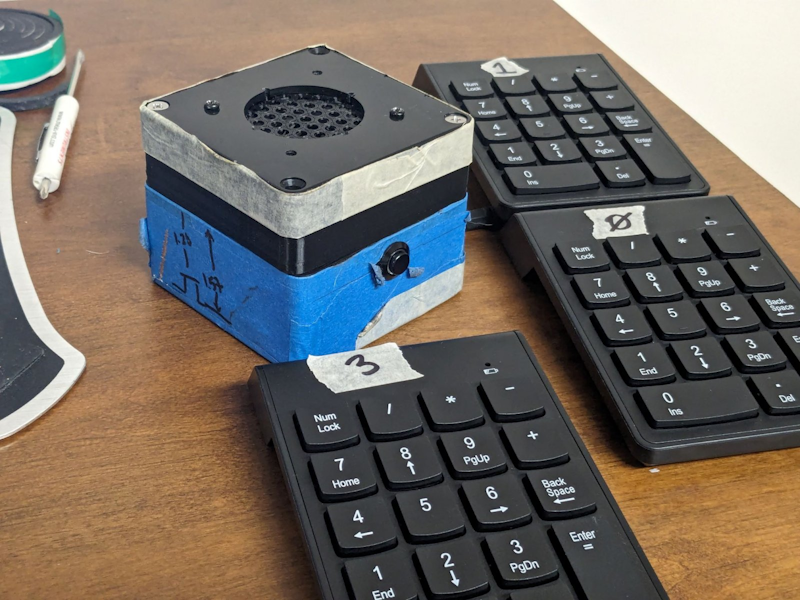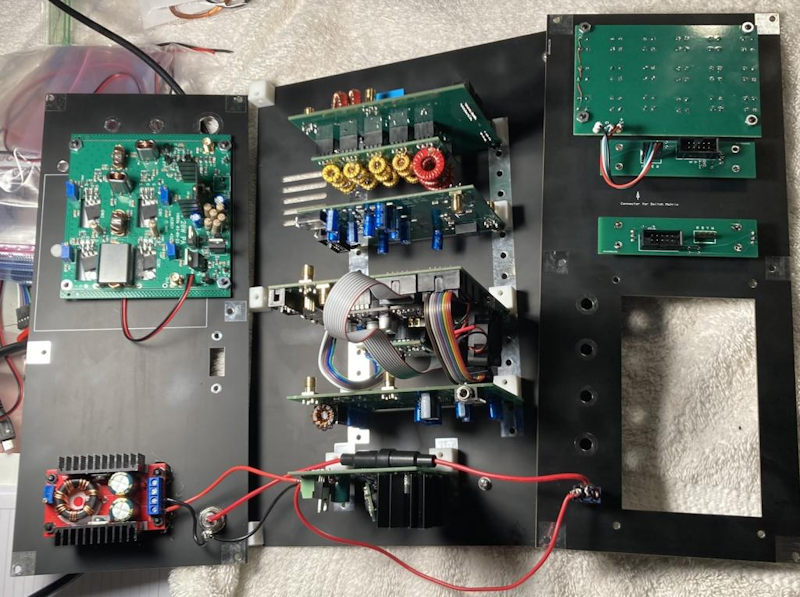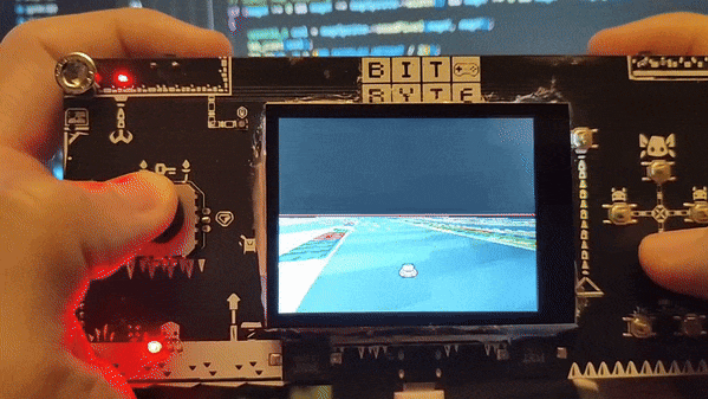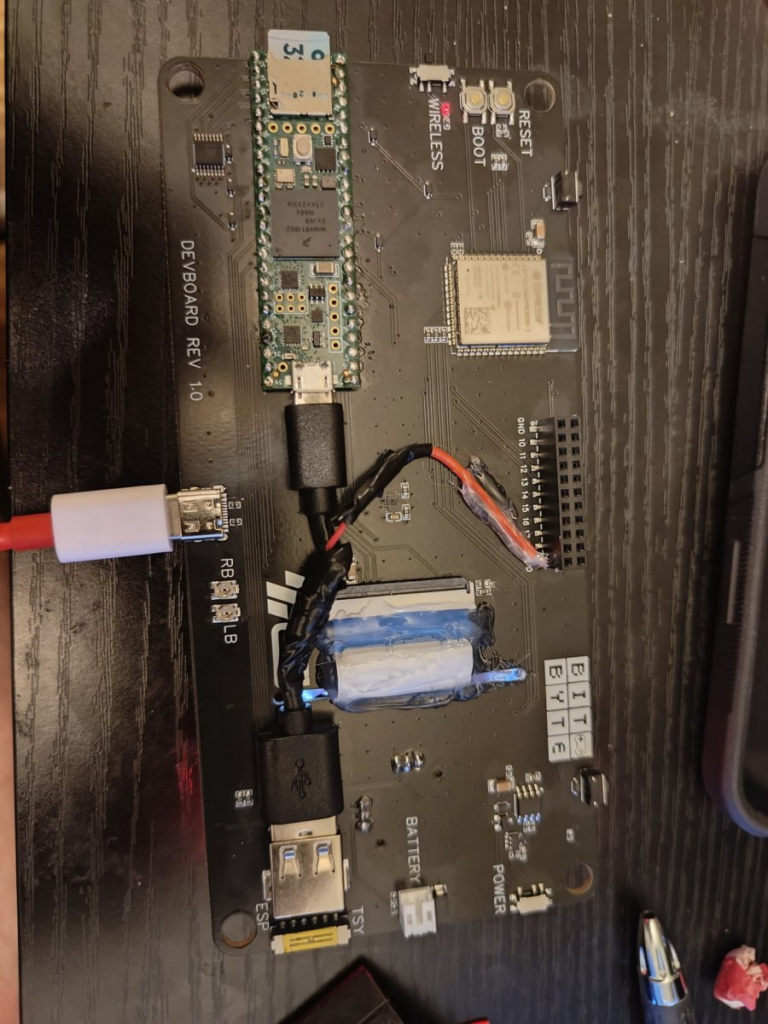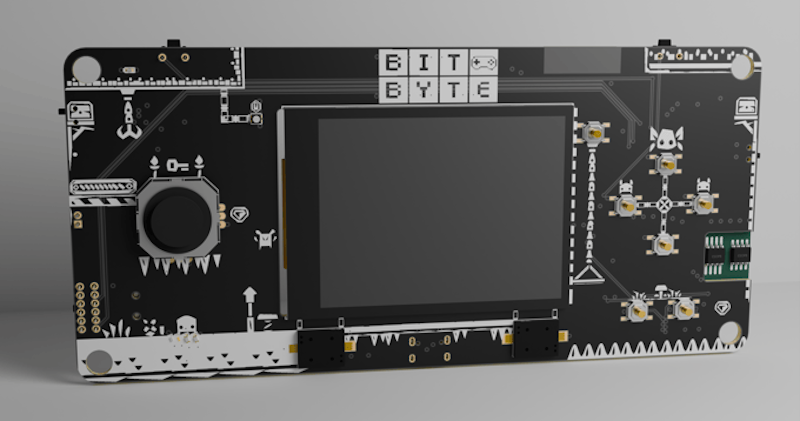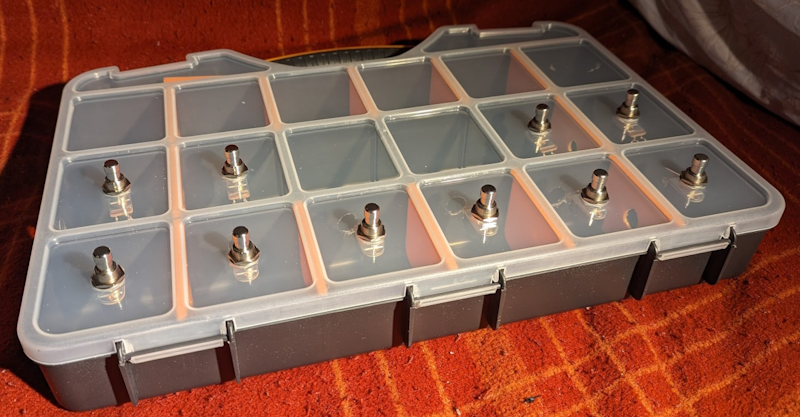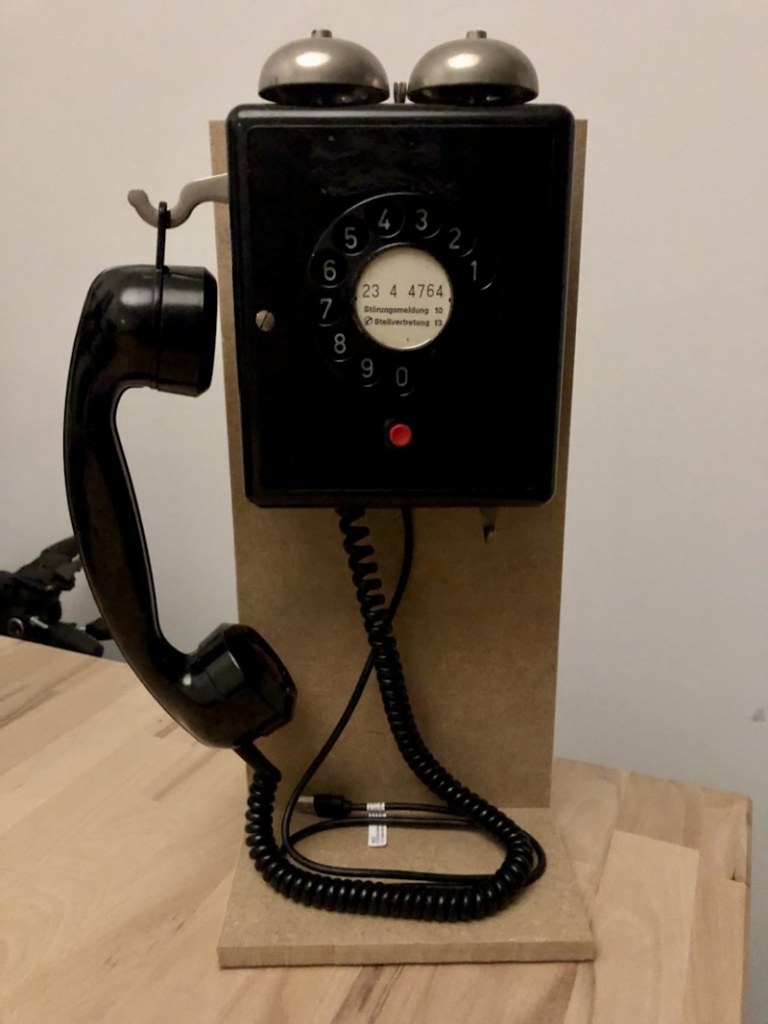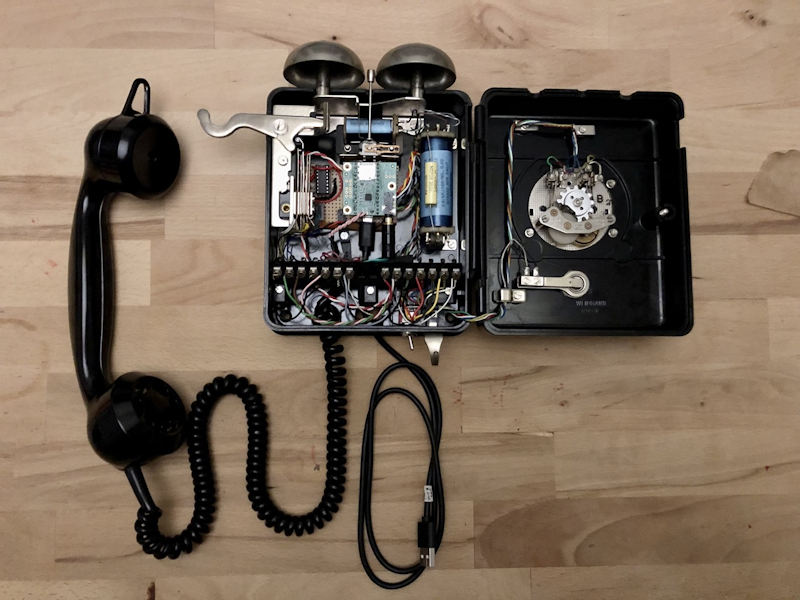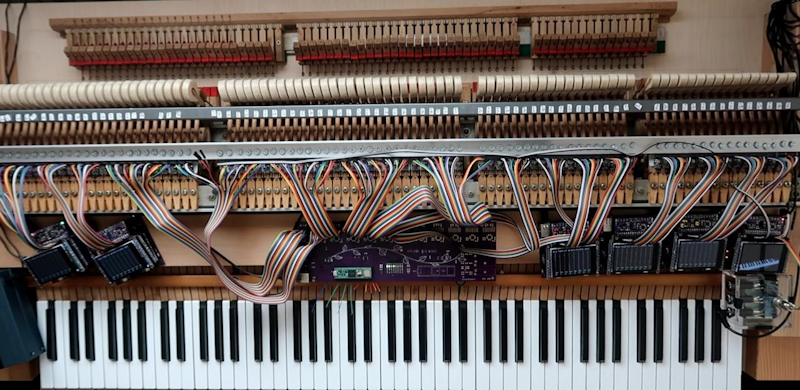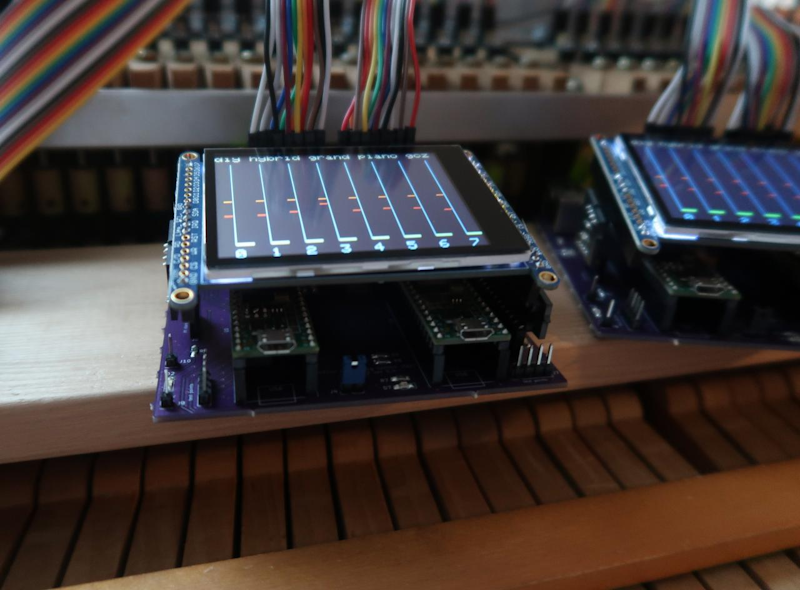Visual Micro, creators of a Visual Studio extension that enables Arduino development in the powerful Microsoft IDE, have created a serial debugging tool compatible with the Teensyduino platform.
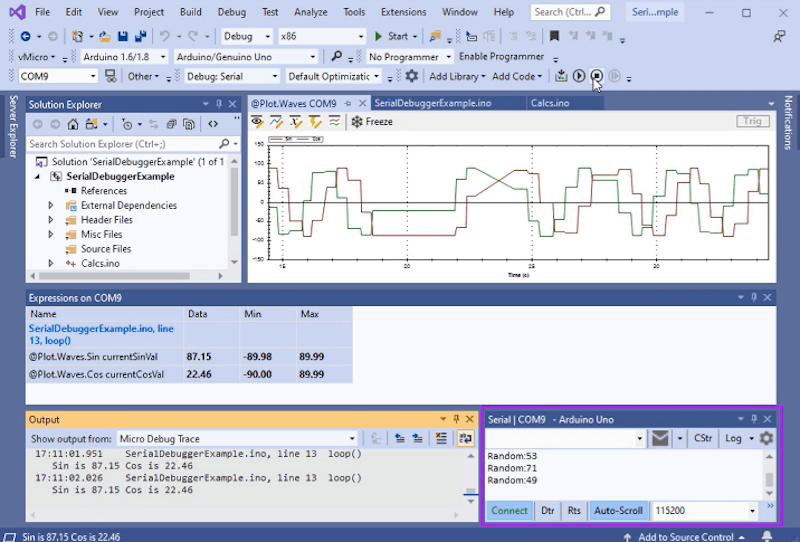
The plug-in allows you to use breakpoints for step-by-step execution, monitor execution time between breakpoints, and set conditional breakpoints based on data or hit count.
The software, which works with Teensy boards, also allows variable monitoring and value setting at runtime, automatic visual pin monitoring, and easy-to-use charting. It works by injecting serial statements based on breakpoint configuration, when in debug mode. More information can be found on the Visual Micro web site, and a walkthrough of installation and setup can be found in the video below.
